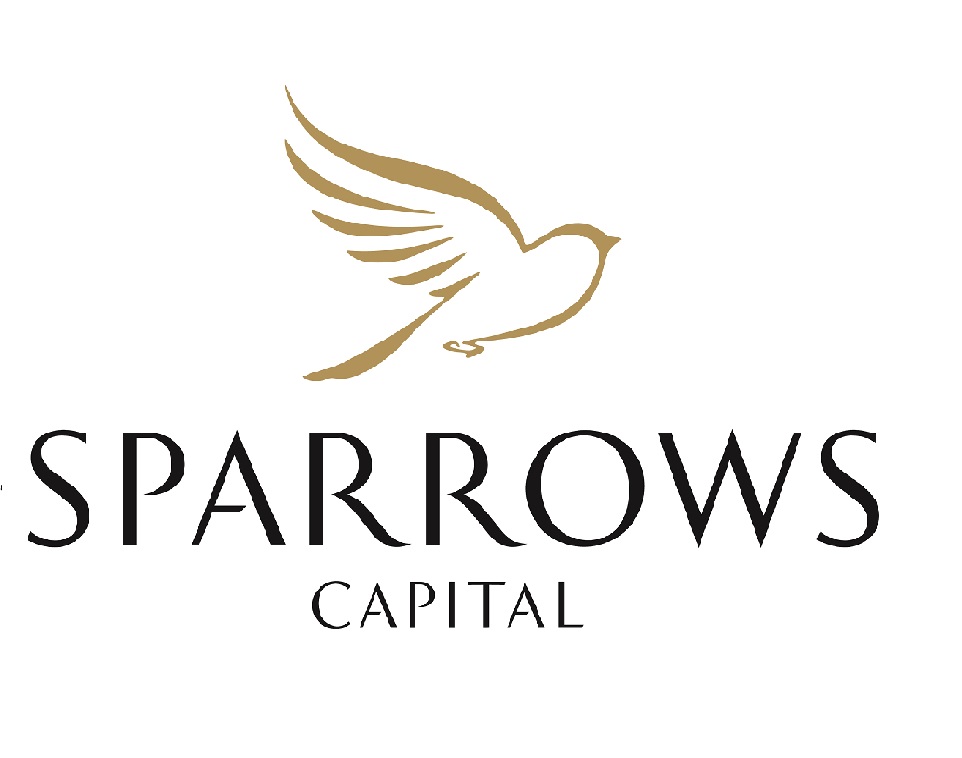Thematic ETFs have undergone a breakthrough moment in recent years but swathes of launches, new assets and noise should only highlight the need for investors to differentiate between sparkly objects and genuine opportunities.
The product class specialises in packaging up exciting stories into simple and understandable investment baskets with 111-such ETFs coming to market in Europe since the start of 2020 alone, according to data from Bloomberg Intelligence.
Hardly a flash in the pan event, a recent survey from Brown Brothers Harriman (BBH) found the proportion of European investors planning to invest in thematic ETFs shot up to 82% at the start of this year, up from 69% in 2021.
Astonishingly, Europe’s enthusiasm for themed investments appears relatively conservative when pitted against other regions, with 84% of Chinese investors and a whopping 88% of US professional investors planning to increase their thematic allocations over the next 12 months.
Against this backdrop, it is crucial ETF investors perform disciplined due diligence to shield assets from faddish and cynical fee-grabbing ventures.
The ‘secret sauce’
Issuing a health warning on the thematic ETF class in general, Peter Sleep, senior investment manager at 7IM, said the value of any financial instrument should be determined by the difficult task of analysing the present value of constituents’ future cash flows.
He noted some organisations try to reduce the amount of work done by analysts and portfolio managers by seeking out high-growth areas such as tech and clean energy – and then looking for the best companies within these areas.
“The ETF industry has taken this further by assuming that all companies collectively in a theme will be cheap, however incidental that theme may be to the firm’s growth,” Sleep argued. “Invariably, the theme being marketed is one that has performed well recently and is easy to understand for unsophisticated investors.”
“This approach does not always work, has no basis in the evidence-based literature and comes with high fees.”
However, while the index-tracking approach used by most thematic ETFs means capturing securities with often varying balance sheet profiles, the advantage is it means investors do not have to enter ‘Hail Mary’ positions on single stocks within early-stage future themes.
Like any other exposure with an ETF, investors should view rules-based thematics as trying to capture the market return of their respective theme, rather than theme alpha. Once an investor is reconciled with this fact, the next step is selecting the right theme.
AJ Singh, sustainable investment strategist and Pinaki Das, head of thematic research at Quintet Private Bank, said themes are “specific, identifiable, investable, long-term structural and cross-sector trends that over longer durations are agnostic to short term market cycles”.
The pair note that Quintet currently identifies 30 specific themes with enough listed stocks, based on data and research from investment banks, digital sources and data providers.
Evangelos Assimakos, investment director at Rathbones, said theme selection starts with a qualitative process where an idea emanates from an interesting piece of news, market development or soundbite from conversations with colleagues or fund managers.
Following this, comes more quantitative steps such as how an idea can manifest as an investable theme and which companies stand to benefit from said theme.
Assimakos said an important consideration for Rathbones is then to consider whether ESG issues might impact the future viability or attractiveness of a theme.
He added: “It then takes us to assessing whether the identified investable businesses operate in a market with high barriers to entry or in a very commoditised market with low pricing power.
“This last part is crucial to separating a ‘popular’ theme from an investable theme that can generate profits for investors over the longer term.”
In a similar vein, Matt Brennan, head of investment management at AJ Bell, argued “by far” the most important consideration when using thematic ETFs is liquidity.
“Many themes are still at a nascent stage, with very few listed companies, making it harder to access the theme in a rule-based way using public markets,” he cautioned.
The issue then becomes a game of trading off the liquidity of a basket of often small and midcap companies involved in future megatrend ETFs versus what share of revenue each constituent derives from the ETF’s underlying theme.
The safest route here is using the ETF structure to capture themes with a large enough universe of eligible, listed securities.
Fads and future winners
With these considerations in mind, fund buyers revealed which themes they see as froth and those they believe have the potential for long-term outperformance.
Rathbones’ Assimakos highlighted renewable energy, biotech, robotics and automation, defence and cybersecurity as areas of potential opportunity, given they have “established players and discernible areas of investment from both mature and early-stage businesses”.
Conversely, he views video messaging, decentralised finance (DeFi) and nutrition (e.g. plant-based diets) as potentially more faddish. Although he says they each serve a future purpose, he warned they are at risk of becoming victims of their own popularity.
On these themes, he concluded: “Barriers to entry are relatively low and hype often gets the better of valuations.”
Echoing his views, Raymond Backreedy, CIO at Sparrows Capital, identified green energy, broader climate plays and themes relating to the United Nations Sustainable Development Goals (SDG) – such as clean water and poverty reduction – as “worthy areas”. Meanwhile, he dubbed bitcoin and other crypto investments fads.
Wayne Nutland, head of managed index solutions at Premier Miton, said his firm supports themes such as clean water and future mobility (related to electric vehicle, autonomous transport and logistics value chains).
Nutland suggested these have reasonable valuations, regulatory support and the prospect of steadier growth.
“In 2021, we avoided high growth, high valuation themes and we remain cautious on such areas. High valuation themes underperformed in 2021 and whilst higher bond yields are the obvious trigger, there appear to be other factors at play,” Nutland added.
“Although real and nominal bond yields have moved higher in recent weeks, the underperformance of some high growth themes, particularly those with a large proportion of loss-making companies began much earlier in 2021.
“This indicates that such areas may continue to underperform even in the absence of further rate rises if the excessive momentum and valuations, which built up in late 2020, continue to unwind.”
Also backing themes with steadier returns, AJ Bell’s Brennan said his firm focuses on structural shifts that can be played through well-established markets.
These include perhaps less glamorous exposures in smarter infrastructure, digitalisation and the shift to a lower-carbon economy (without a focus on clean tech) while avoiding more “cutting edge” areas such as health care, tech and even clean tech.
“In general themes in the markets tend to lean towards ‘growth’ strategies,” Brennan continued.
“This means any backtesting of these themes will show outperformance against the market, and therefore if the market ‘turns’ in the long term towards value investing, for example, (like we have seen a bit more over the last 18 months), we will see themes that have been popular underperform, and it will flush out investors that rather than following the theme have been essentially investing in momentum.”
In order to avoid fads, Singh and Das said their firm tends to track themes with at least 15-50 listed securities. They added it is key to differentiate between ‘s-curve’ and ‘moonshot’ themes.
“S-curve themes as those where the concepts have been commercially established in recent years but still have huge scaling up opportunity longer term – example, clean energy, electric vehicles or cloud computing,” the duo said.
“Moonshot themes are those where the concepts are still in early stages and not yet commercially established. But if successful, they could have major impacts. Good examples are quantum computing or personalised medicine using genomics or personal robots.”
Futuristic bets not for everyone
Even with the precautions and rationale set out above, some remain unconvinced of the merits of investing in future theme ETFs.
For instance, Sparrow Capital’s Backreedy said: “We invest in a diversified way across global markets so no themes or thematic picking for us and I am afraid the evidence suggests thematic ETFs and sectors are not all they are cracked up to promise.”
7IM’s Sleep maintained the best way to benefit from subsectors is to work on a stock-by-stock basis and failing that, to buy “properly diversified broad-based indices”.
He remarked: “The financial markets are pretty efficient and have a habit of penalising unwary investors who get sucked into marketing or buying ETFs based their thematic name.”
When moving away from market beta in ETFs, Sleep said he opts for themes backed by a track record of academic evidence such as stock buybacks or fallen angels, rather than potential future megatrends.
This article first appeared in ETF Insider, ETF Stream's monthly ETF magazine for professional investors in Europe. To access the full issue, click here.
Related articles








